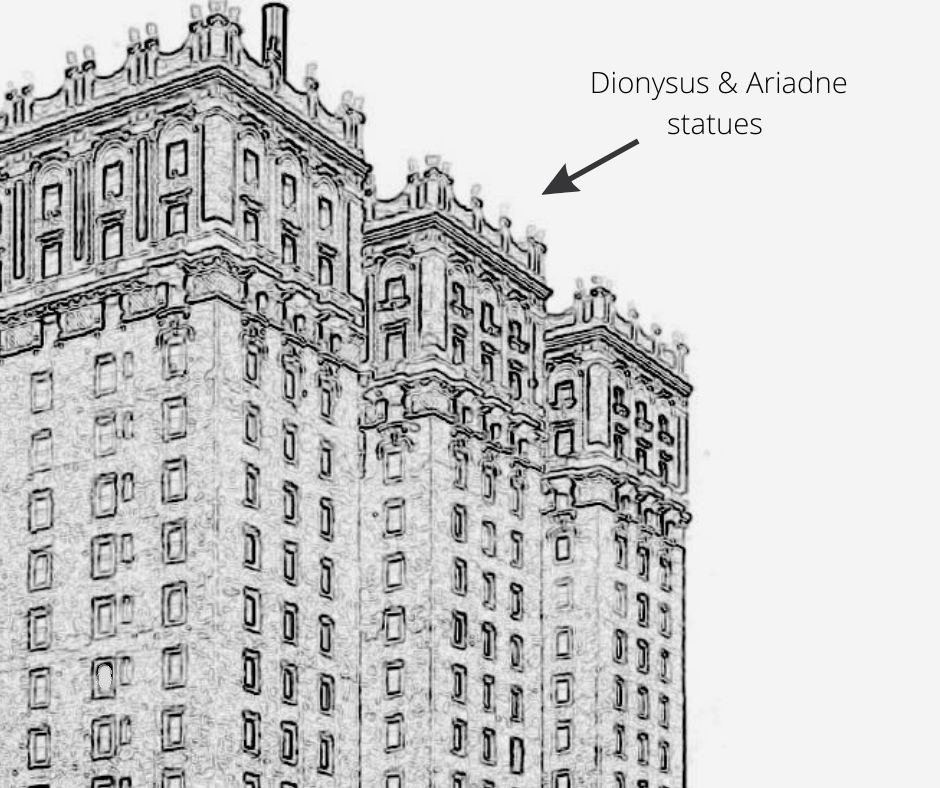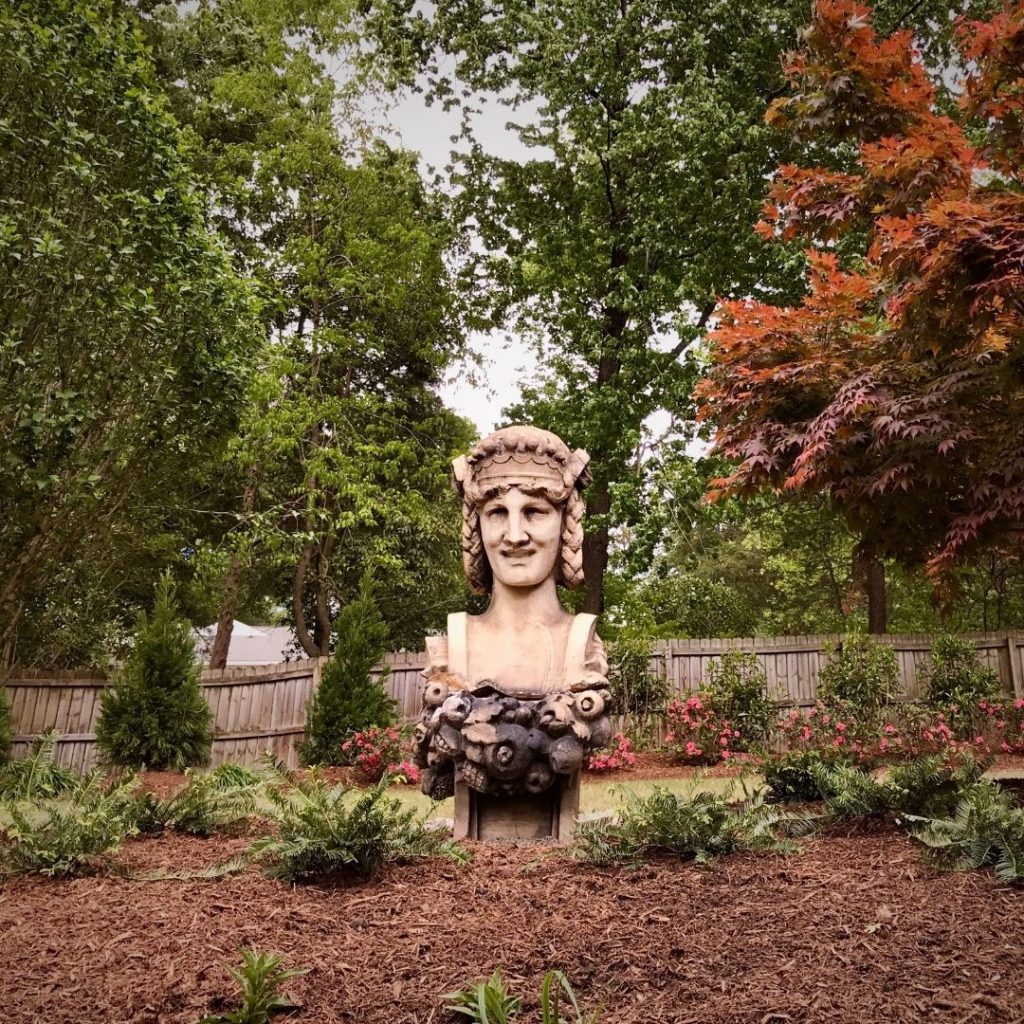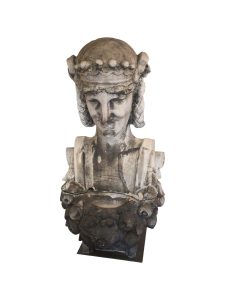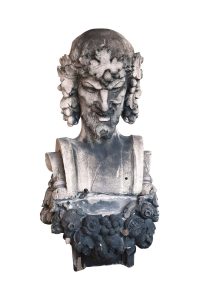Olde Good Things acquired a small quantity of 5 ft Greek god Dionysus and his wife goddess Ariadne. These ones of kind antique statues were recently removed from the top of Vanderbilt Hotel. Let’s learn the history of the Vanderbilt Hotel and Dionysus and Ariadne themselves.

History of The Vanderbilt Hotel
The Vanderbilt Hotel was completed in 1912 for Alfred Gwynne Vanderbilt, who occupied the top two floors until his tragic death just two years later[1][5]. Located at 4 Park Avenue, between East 33rd and 34th Street in the Murray Hill neighborhood of Manhattan, the hotel was designed by Warren & Wetmore[4]. Unlike the innumerable Beaux Arts structures appearing throughout the city with their lush garlands of fruits and flowers, and frothy embellishments, the Vanderbilt Hotel would be refined and classic, harkening back to 18th century England[3]. The old crypt vault of the hotel is an NYCLPC interior landmark and is currently a restaurant[4].
History of Dionysus & Ariadne

Stock photo of Dionysus statue in Lazienki Park, Poland
Dionysus was the ancient Greek god of wine, fertility, and theatre. He was often depicted as a handsome, bearded man holding a wine cup and a thyrsus (a staff topped with a pinecone). The mythology of Dionysus is closely intertwined with the story of the goddess Ariadne.
Ariadne was the daughter of King Minos of Crete, and according to legend, she helped the hero Theseus defeat the Minotaur by giving him a ball of thread to help him navigate the labyrinth. After Theseus’ victory, he and Ariadne fell in love and fled together to the island of Naxos.
On Naxos, Dionysus discovered Ariadne and fell in love with her. The goddess was heartbroken and alone, having been abandoned by Theseus. Dionysus took pity on Ariadne and made her his wife, offering her immortality and eternal youth. The pair were said to have had several children together.
Dionysus was known for his wild parties and celebrations, and he often traveled with a retinue of female followers known as the Maenads. These women were known for their frenzied dancing and ritualistic behavior, which often involved the consumption of wine and the tearing apart of live animals.
Ariadne was often depicted as a gentle, nurturing figure who calmed the wild excesses of Dionysus and his followers. She was also associated with fertility and was sometimes worshiped as a goddess of childbirth.
Together, Dionysus and Ariadne represented the dual nature of life, with Dionysus symbolizing the wild, untamed forces of nature and Ariadne representing the nurturing, life-giving aspects of the world. Their story has been told and retold in countless works of art and literature for centuries.
Get a closer look
- Ariadne
- Dionysus
The statues were cast in two pieces, the top is hollow with a terra cotta outer surface and the bottom is filled with brick with a terra cotta outer surface. This construction allowed for easy transport and weight stability. The separation can be filled with a cement compound that will be resistant to outdoor weathering if you decide to keep the piece outside. To clean the surface of the statues, a softer approach, such as a soft-bristled brush and a biological cleaner, will remove biological growth and weathering staining. We have a small quantity in stock with various conditions. Please contact our sales team for more details.
Customer Showcase

The goddess Ariadne can nurture and give peaceful ambiance to any garden.
View Dionysus & Ariadne statues online.



